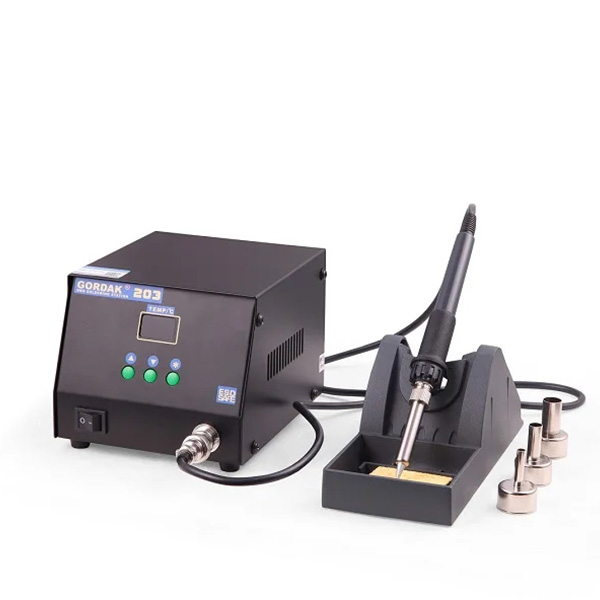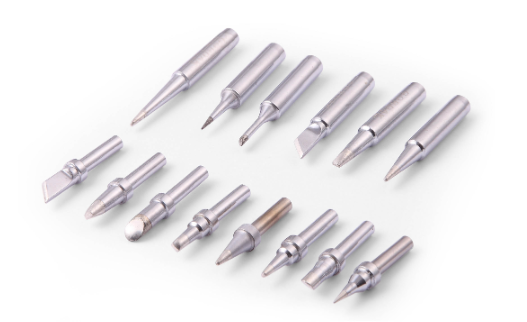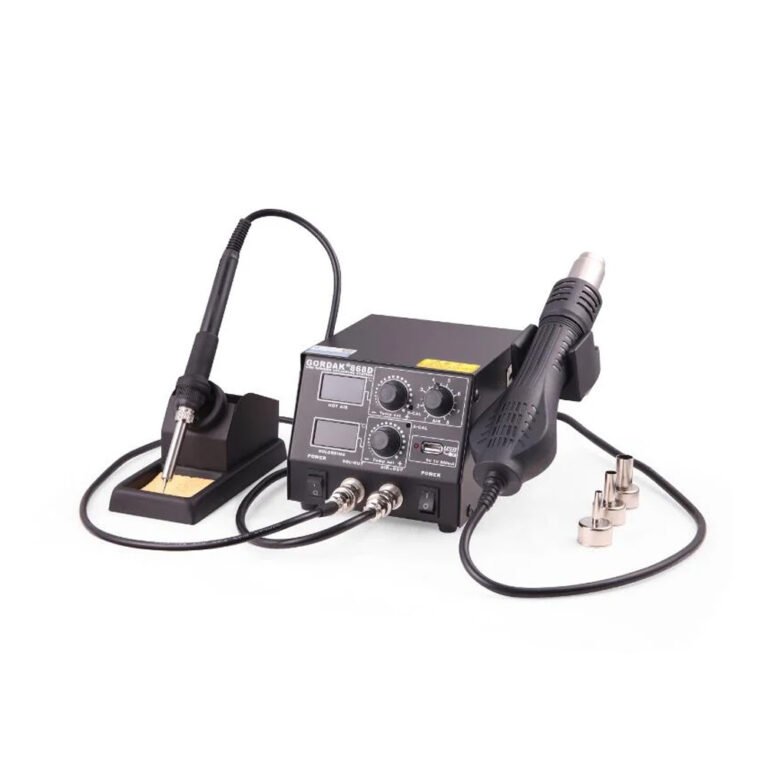Soldering is a vital skill in electronics, especially when working with printed circuit boards (PCBs). Whether you’re assembling components, repairing damaged traces, or modifying a board, having the right tools ensures clean joints, reliable connections, and professional results. Let’s go through the essential tools for soldering circuit boards that every beginner and professional should keep on their workbench.
1. Soldering Station
A soldering station provides adjustable temperature control, ensuring precision for delicate PCBs. Compared to basic soldering irons, stations maintain stable heat levels and allow the use of different tips for various tasks.

2. Soldering Tips
Different soldering jobs require different tips:
- Conical tips for fine, precise soldering on small pads.
- Chisel tips for general PCB soldering and drag soldering.
- Needle tips for micro components.
Choosing the right tip enhances both speed and accuracy.

3. Solder Wire
The solder wire is the bonding material between components and the board.
- Leaded solder (Sn63/Pb37): Easier to work with, smooth flow.
- Lead-free solder: Environmentally friendly, required for RoHS compliance.
Always choose solder wire with a flux core for smoother joints.
4. Flux
Flux is essential for cleaning oxidation and improving solder flow. It reduces the chance of cold joints and ensures strong, reliable electrical connections. Available in liquid, paste, or pen form, flux is especially useful for SMD soldering.
5. Desoldering Tools
Mistakes happen—and that’s where desoldering tools come in handy.
- Desoldering pump (solder sucker): Removes excess solder.
- Desoldering braid: Wicks away solder from pads and traces.
- Hot air rework station: Perfect for removing SMD components.

6. Magnification & Lighting
When working with PCBs, especially with tiny SMD parts, magnifying lamps or microscopes are essential. Good lighting ensures accuracy, reduces eye strain, and helps spot solder bridges or cold joints.

7. Safety Equipment
- Fume extractor or fan to remove harmful soldering fumes.
- Heat-resistant mat to protect your work surface.
- ESD protection (wrist straps, mats) to safeguard sensitive electronic components.
8. Additional Handy Tools
- Tweezers for handling small parts.
- Third hand / PCB holder to keep boards stable.
- Wire cutters and strippers for component preparation.
Conclusion
The right tools make all the difference when soldering circuit boards. A quality soldering station, proper tips, solder wire, flux, and desoldering equipment will set you up for success—whether you’re a hobbyist or a professional electronics technician.
About GORDAK
GORDAK is a trusted manufacturer with over 30 years of experience in soldering and rework equipment. From soldering stations and hot air rework systems to high-quality soldering tips, GORDAK provides reliable and cost-effective solutions for electronics professionals worldwide. With a focus on precision, ESD safety, and customer satisfaction, GORDAK’s products are trusted in labs, classrooms, and workshops globally.
Contact us: info@gordakelec.com
Soldering Basics & Tutorials
A Step-by-Step Guide to the Soldering Process
An Introduction to SMD Soldering Techniques
A Beginner’s Guide to SMD Soldering
DIY PCB Soldering: Tools, Tips, and Techniques
How to Use a Soldering Iron – A Beginner’s Guide
Essential Tools and Supplies for Soldering Beginners
Essential Electronics Soldering Tips and Tricks for Beginners
Essential Tools for Soldering Circuit Boards
The Importance of Soldering in Electronics



